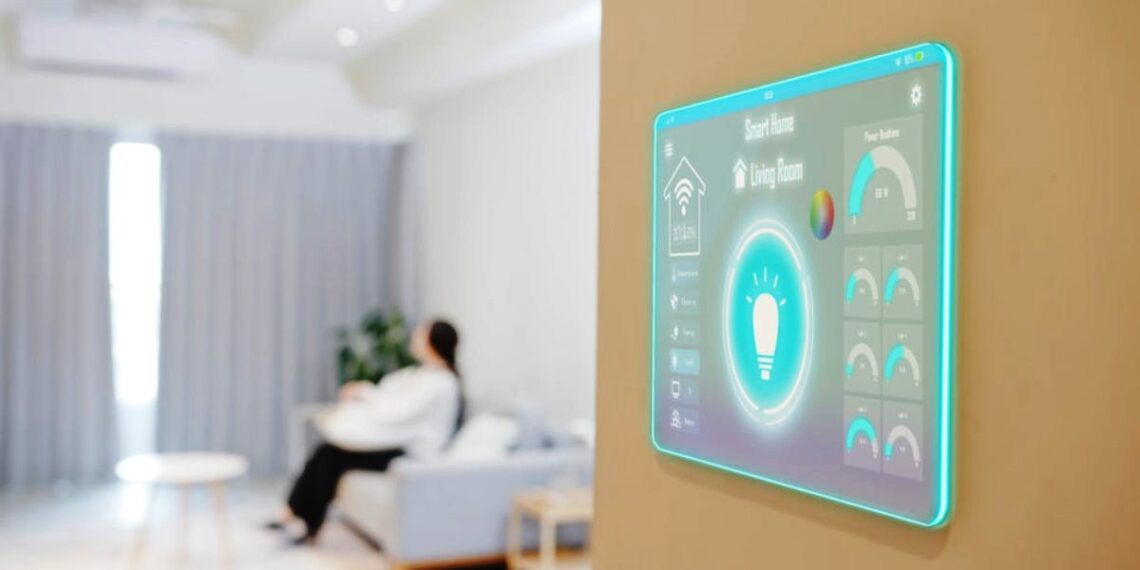From thermostats to security cameras, smart home devices have become integral parts of modern living.
However, hackers are increasingly targeting these devices, exploiting their vulnerabilities to gain unauthorized access and steal data.
So, how can you enjoy the convenience of this futuristic tech without falling prey to criminals?
Trevor Cooke, the online privacy expert at EarthWeb, shares insights into the specific threats facing smart home users and offers tips on how to mitigate these risks effectively.
The Risks Of Unsecured Smart Home Devices
1. Not Securing Your Network
One of the most significant threats facing smart home users is unsecured networks. Many smart devices connect to home Wi-Fi networks, which, if left unprotected, can be easily infiltrated by hackers.
Trevor says, ‘Once inside the network, hackers can intercept sensitive information, such as login credentials or personal data, leading to privacy breaches and identity theft.’
2. Using Default Passwords
Default passwords present another major risk. Manufacturers often ship smart devices with default passwords that are easily guessable or widely known.
Hackers can exploit these default passwords to gain access to the device, granting them control over its functions and potentially allowing them to spy on users or manipulate device settings without their knowledge.
3. Not Updating Your Software
Outdated software is yet another vulnerability that hackers can exploit. Smart home devices, like any other technology, require regular software updates to patch security flaws and vulnerabilities.
Trevor emphasizes how the failure to update these devices leaves them susceptible to exploitation by hackers who can exploit known vulnerabilities to gain unauthorized access and compromise users’ privacy and security.
4. Smart Home Security Tips From Trevor
To safeguard your smart home devices from cyber threats, Trevor offers the following top tips:
. Strengthen Your Network Security
Ensure your home Wi-Fi network is secure by using strong, unique passwords and enabling encryption protocols like WPA2. Consider setting up a separate guest network for smart devices to prevent unauthorized access to your main network.
. Change That Default Password
Trevor recommends, ‘Immediately change the default passwords on all your smart devices to unique, complex passwords that will outfox the scammers. Avoid using easily guessable passwords like ‘password’ or ‘123456’ and opt for a combination of letters, numbers, and special characters.’
. Keep Your Software Updated
‘Regularly check for software updates for your smart devices and install them as soon as they become available. These updates often include security patches that address known vulnerabilities and protect your devices from exploitation by hackers,’ Trevor explains.
. Implement Network Segmentation
‘Consider segmenting your home network to isolate smart devices from other devices, such as computers and smartphones,’ advises Trevor.
This can help contain potential security breaches and prevent hackers from accessing sensitive information or compromising other devices on your network.
. Use Two-Factor Authentication
Enable two-factor authentication whenever possible to add an extra layer of security to your smart home devices.
This requires users to provide a secondary form of authentication, such as a code sent to their mobile device, in addition to their password, making it more difficult for hackers to gain unauthorized access.
. Monitor Your Device Activity
Keep a close eye on the activity logs and settings of your smart devices for any suspicious or unauthorized changes. This can help you identify and address potential security breaches before they escalate.






